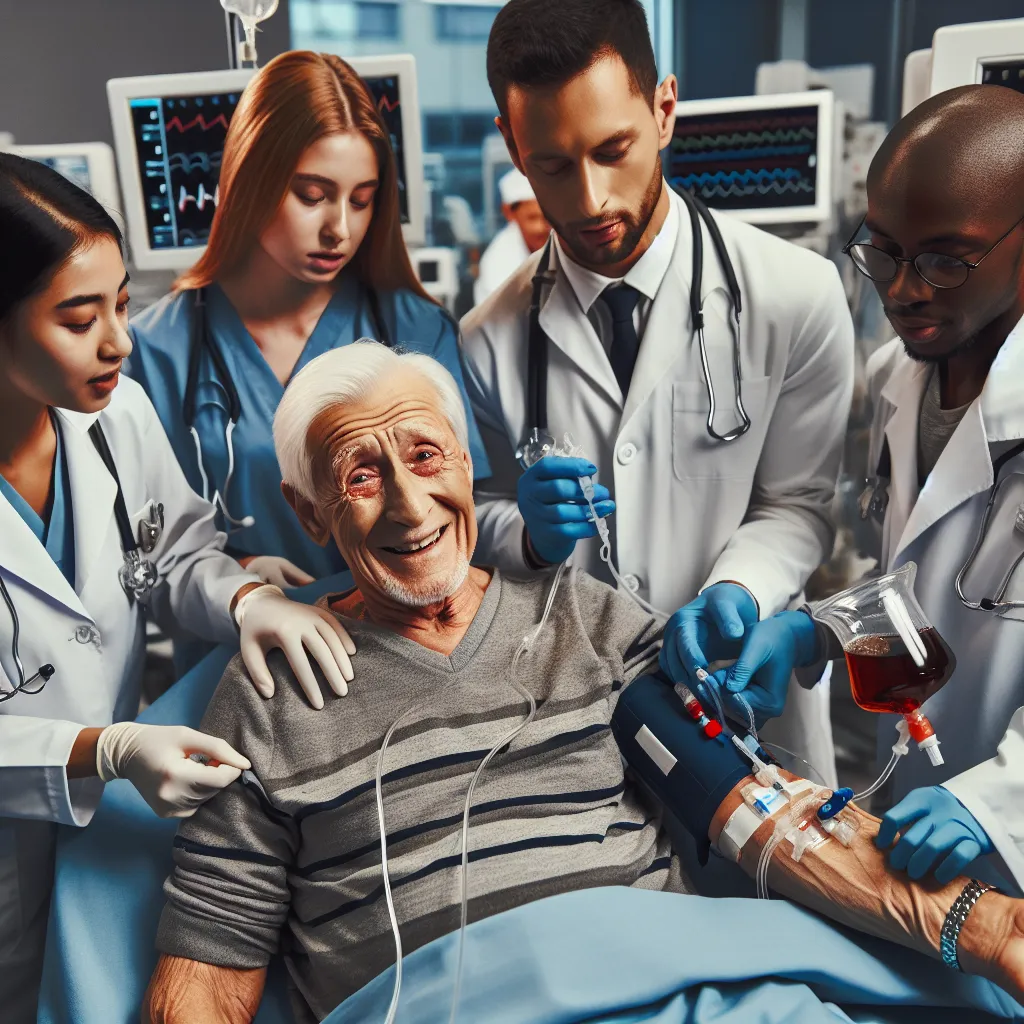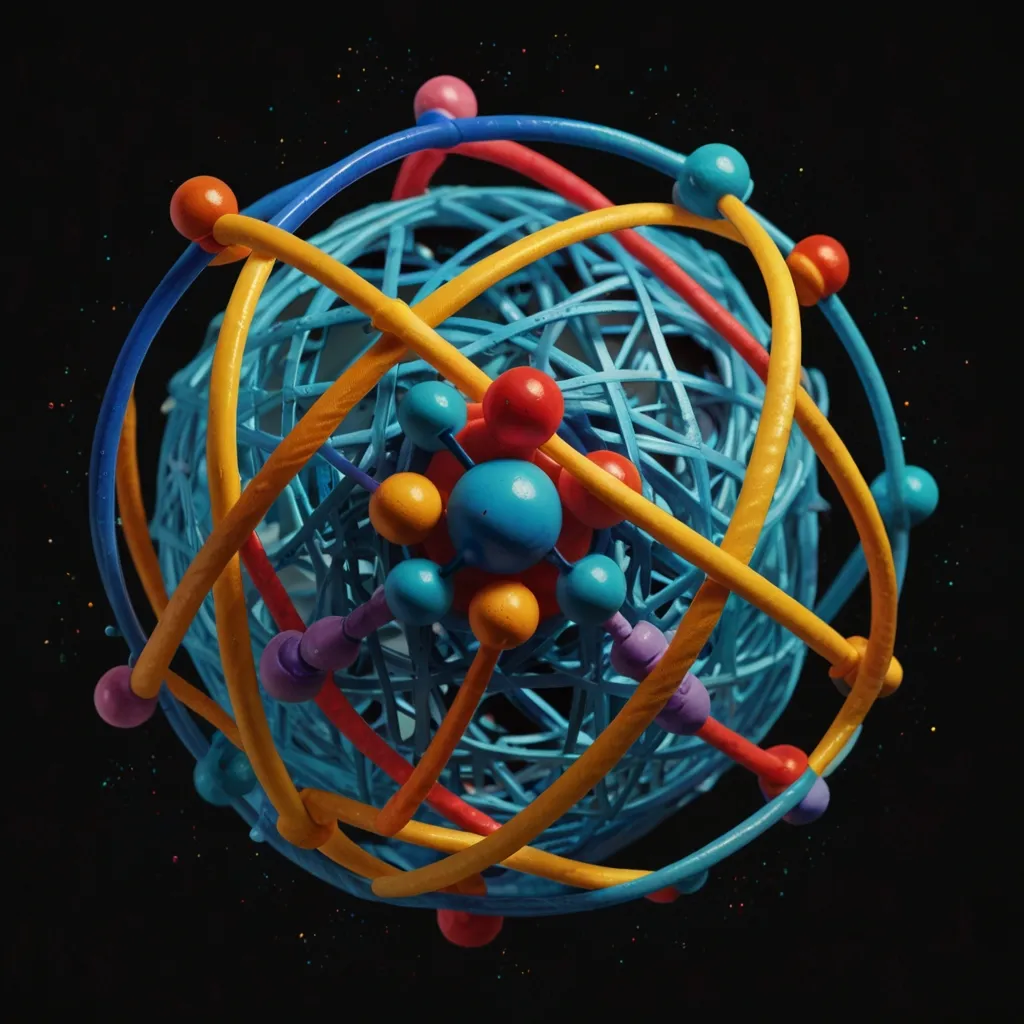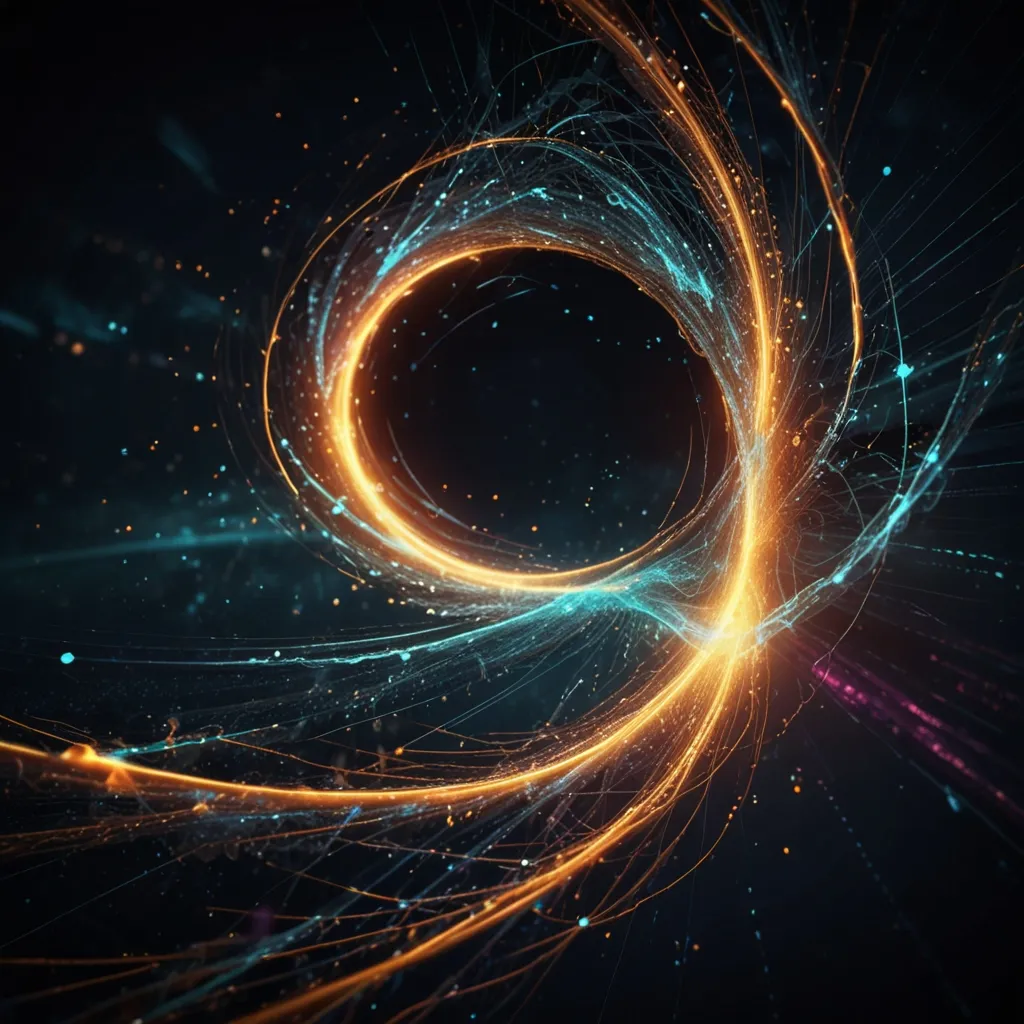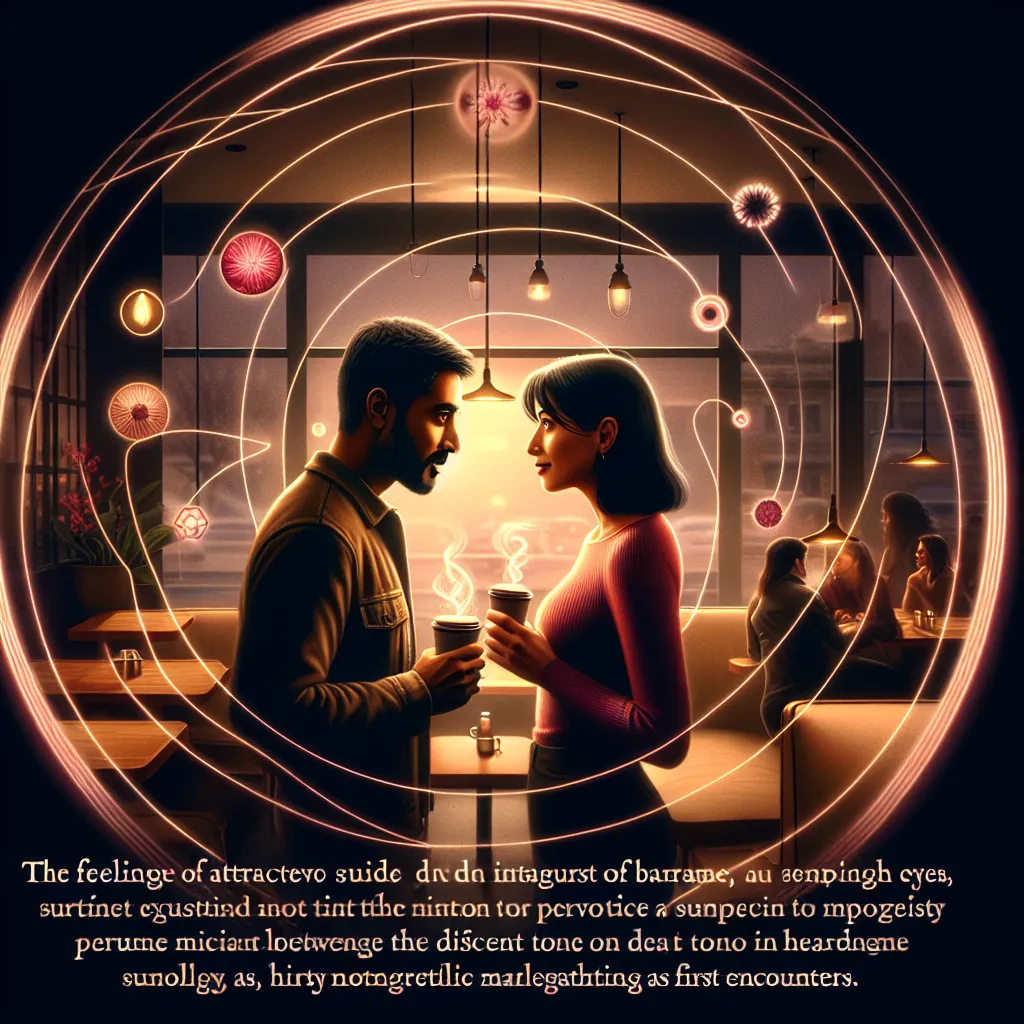Every couple of seconds, someone somewhere around the globe suffers a stroke. It’s a scary reality that one in six people will experience a stroke during their lifetime. Strokes cut off oxygen to brain cells, making them a leading cause of death and a major source of preventable disability. Immediate medical attention is crucial and can prevent lasting brain damage.
But what triggers a stroke? And how do doctors tackle it? The brain, though it only accounts for 2% of our body mass, gobbles up over 20% of the oxygen in our blood. This essential oxygen reaches the brain via arteries, with carotid arteries serving the front and vertebral arteries serving the back. These arteries split into smaller vessels to nourish billions of neurons. When blood flow is cut off, oxygen stops reaching the brain cells, causing them to die.
Strokes can happen in two ways. Hemorrhagic strokes occur when a blood vessel bursts, leaking blood. However, the more common ischemic stroke happens when a clot blocks a vessel, halting blood flow. Sometimes, a sudden heart rhythm change can slow blood flow, causing clotting elements to clump together. This clot can travel up to the arteries feeding the brain until it gets stuck, blocking oxygen supply downstream. Known as an embolism, it halts oxygen to brain cells, causing immediate brain dysfunction.
The brain can’t feel pain, so you won’t feel the blockage. But oxygen deprivation has noticeable effects. Speech might become slurred if the affected brain area controls speech. If muscle movement is affected, one side of the body may weaken. The body tries to reroute blood to the impacted area, but this isn’t a perfect fix. Without oxygen, brain cells die, leading to severe or permanent brain damage. That’s why getting medical help quickly is vital.
The first treatment is an intravenous drug called Tissue Plasminogen Activator. It dissolves the clot, restoring blood flow if given within a few hours. This significantly boosts the chances of recovery. If this drug can’t be used due to certain medical conditions or if the clot is too large, doctors might perform an endovascular thrombectomy. This involves using an x-ray and a catheter inserted through an artery in the leg to reach and remove the clot.
Understanding the signs of a stroke helps in getting immediate help. Here’s a simple way to check:
- Ask the person to smile. A lopsided smile can indicate muscle weakness.
- Ask them to raise their arms. One arm drifting downwards shows arm weakness.
- Ask them to repeat a simple phrase. Slurred or strange speech hints at oxygen deprivation in speech-related brain areas.
This quick check is part of the FAST test: Face drooping, Arm weakness, Speech difficulties, and Time to call emergency services if you see any of these signs. Quick action can save lives.






